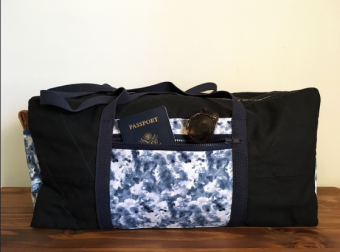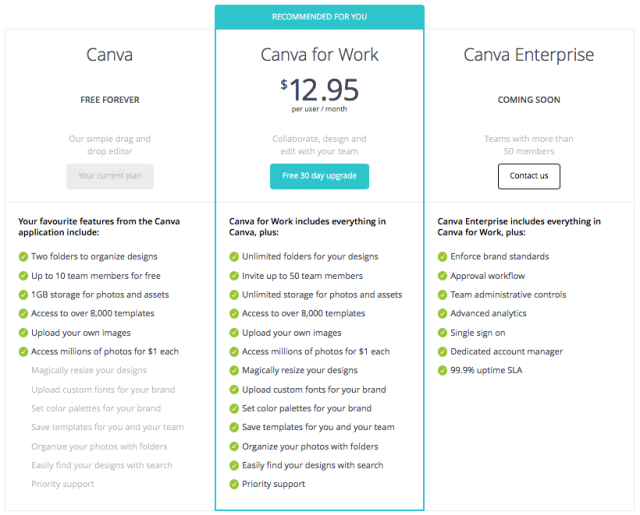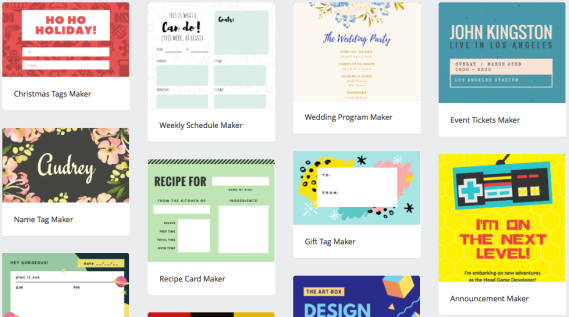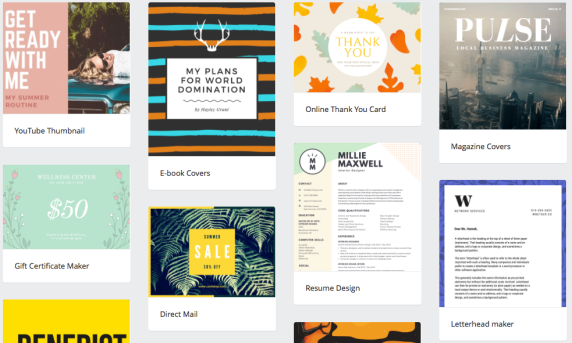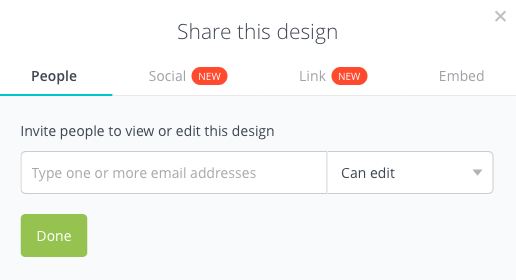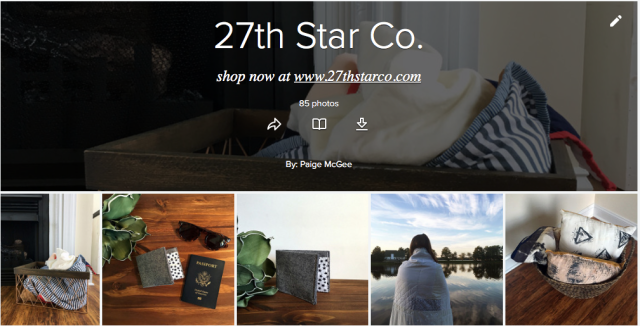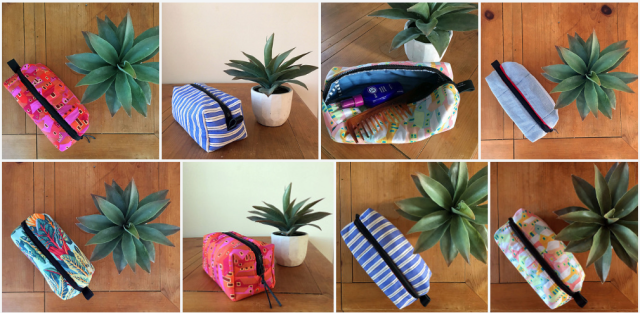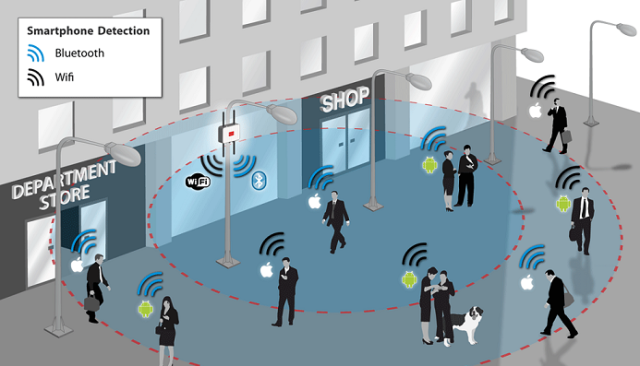A. Client Information
Positioning Statement:
27th Star Co. hopes to provide quality, handmade, and ethically produced home goods and other small goods to the everyday person looking for something new to add to their home or wardrobe collection. When customers “#shoplocal” with 27th Star Co., they not only support a small business but they receive a unique item made-to-order especially for them, that will be different from what everybody else has from other retail giants. Unlike their competitors, 27th Star Co. does not mass-produce anything and doesn’t use unethical or un-trustworthy production methods. Customers will always receive a quality item made of natural fibers while supporting local economy here in the USA.
Company Info:
27th Star Co. is a hand-made textiles and home-goods company dedicated to providing quality products inspired by natural materials and themes. Its’ focus is to use natural materials and support small businesses.
Target Audience:
Since 27th Star Co. provides home goods and personal accessories, they cater to anyone and everyone. The typical 27th Star Co. customer is someone of any age or gender who is looking for new home goods or other small goods. The typical customer is located here in the U.S. and is a fan of the “shop small” or “shop local” movement. It also helps when our customer is a fan of natural materials and eclectic designs.
What Sets 27th Star Apart?:
Some of 27th Star Co.’s strengths and aspects that differentiate themselves from competitors are: Unique items and designs, offering custom options (designs, fabrics, items, etc.), and the use of natural/hand-dyed fabrics that are made fairly and/or by hand. However, with strengths comes “weaknesses” a.k.a. a few opportunities for growth here. Since 27th Star Co. is a fairly small and new company, budgets for marketing are practically non-existent. A stronger social media presence is definitely a key recommendation of mine upon further review of social media strategies. Implementation of a more consistent post schedule and paid ads on Facebook and/or Instagram are a few of my initial suggestions. The ads may be morse sparse to begin with, due to the very low budget at the moment. I highly suggest using them progressively more and more. This will of course come with increased revenue.
Why Use An IMC?:
Creating and utilizing an IMC plan that uses both traditional and digital methods is extremely important, even for a completely online retailer such as 27th Star Co.
“Marketing is shifting and you will find the most optimum result by utilizing an integrated approach…There is great value in an integrated campaign that uses both traditional (e.g. billboard) and non-traditional (e.g. social media) marketing channels. The different channels reinforce the message and will often strengthen the outcome by increasing the chances that a consumer will take action. The unified marketing approach delivers numerous benefits by increasing brand loyalty, cultivating consumer relationships and boosting profits by increasing sales” (Lake 2016).

(photo source)
Having a marketing plan that caters to both traditional and web-based communications also ensures that you get the most bang for your buck (and efforts) and ensures that you reach more demographics. “Retail marketers and ALL marketers for that matter best not make the mistake of assuming that just because someone falls into a certain demographic…that they are not drawn to nor seek out what is considered to be more traditional marketing methods and platforms” (Olenski 2013). A combination of tactics such as print ads, billboards, postcards, etc. mixed with paid social ads, e-mail blasts, apps, etc. are a match made in heaven when it comes to marketing plans.
B. Website
Evaluation of 27th Star Co.’s Website:
Upon the first look and considering the fact that 27th Star Co. is a pretty small company, their website is good! The web address is simple and straight to the point, as it is just the company name. Plus, it’s a dot com, rather than an extension of a third party company/host.
As soon as you arrive to the homepage, you know what 27th Star is about; you can gather that it’s a home and accessory retailer. The site has a very clean, simple design that is both appealing and easy to navigate. All pages are available throughout the site with the navigation bar on every page, which is a seemingly small detail that is actually quite important.
When it comes to shopping and looking through the items for sale, product info is provided and is readily available within just 2 clicks away. Plus, the site is compatible with mobile devices, which is extremely important due to the ever-growing popularity of tablets and smartphones. Having a site that is not mobile-friendly can severely impact your traffic (and eventual revenue).
27th has done a decent job at making sure their social media pages are linked on the home page, but there is room for improvement site-wide. Clickable icons are presented on the homepage right below the logo and at the footer. Once you browse the other pages, though, the clickable icons are only at the footer and they are quite small. I would highly suggest making those larger and making sure that the icons are at the header on all pages. Providing social media channels is a great method of pull marketing and gaining traffic to those channels. Users who visit their socials are then (re)directed back to the website in order to make purchases (which is easy and secure via Stripe). Since it’s a start up, there isn’t much evidence of Push marketing campaigns, as it is not really in their budget at the moment, but once business starts booming more, that is definitely one of my first suggestions for 27th Star Co. to implement, as I’ve mentioned previously.
I also believe that incorporating an email or newsletter program highlighting new items and promotions would be extremely helpful, but that will be discussed further in section E. Also, I would recommend that 27th Star adds a search bar and a sitemap to the site, in order to streamline and optimize the shopping process for the customer.
SEO:

(photo source)
Some example keywords that can help with 27th’s SEO are: handmade, natural, local, small business, accessories, travel, home decor, home goods, quilts, and pillows.
Competitor Comparison #1: Minna Goods
For comparison, lets look at two of 27th Star Co.’s competitors. First is Minna Goods. They have a pretty good site! Their web address is simple, and the layout is very neat and easy on the eyes. It’s a quite clean and professional layout. The layout and theme is consistent throughout the site, which is great for them because it makes it that much easier to focus on the products offered. If customers want to narrow down their search, there’s very convenient search bar. Minna’s site is mobile-friendly. Upon seeing the homepage, you can tell that they are a textiles company, as the homepage displays featured items. The site, products, information, and contact page are all easy to find and only a few clicks away. Some features on the site, which are also examples of Push and Pull marketing techniques, are a newsletter sign up (complete with a discount incentive) and social media links. Speaking of discounts, once customers are ready to make a purchase, checkout is safe and secure through Shopify. The social media icons are only featured at the bottom, which is something I would correct if I were in charge. They even have a feed that automatically posts their most recent Instagram posts, which is another great branding idea for a website. (27th Star should consider this)! My only “complaint” would be that there isn’t a home button, and while you can just click on the MINNA logo at the top left corner, I think a home button would be a nice addition to their navigation bar.
Competitor Comparison #2: R. Riveter
Another competitor is R. Riveter. Their website is pretty great, and definitely something to model 27th Star’s after. Their R. Riveter logo and identity of “Americana” is apparent upon first glance, you can tell that they are a retailer right away. The layout is very appealing and has nice, clean lines while still using lots of high-quality images. Social media icons are in the header and footer throughout the entire site. Products are nicely organized and compartmentalized, and product info is available within 2 clicks. Check out is secure via Shopify, and they accept a number of convenient payment options. What I love is that they have added product reviews that crawl along the bottom of the screen. R. Riveter also has one of my favorite push/pull marketing strategies: newsletters! I love when companies use this technique. R. Riveter also has my second favorite website “addition”: a blog. Their blog is very robust and definitely gives their brand a personality and engages their core demographic. Plus, the website is compatible on mobile devices, which is also important (as we have previously discussed).
C. Blog
Why Blog?
27th Star Co. does not have a blog, but I think there is a great benefit in blogging. Blogs are a great way to increase exposure for your company’s products (in this case, 27th Star Co.’s goods) and an extra way to give your brand an identity and a voice. “A blog creates a place to talk about new products or services, comment on timely news topics or market trends, and share company initiatives beyond your website. It’s also the place to let your brand’s personality shine and show people what you’re all about” (Watts 2015). Blogs also help increase traffic and revenue. Small Biz Trends mentions some great facts that help put the importance of blogging into perspective. “A small business blog is one of the most-used and effective content marketing tools at your disposal. Simply put, if you’re not blogging, you’re leaving money on the table. Here’s some stats for you:
- Marketers that use blogs get 67 percent more leads than those who don’t.
- 81 percent of U.S. online consumers trust information and advice from blogs.
- Companies that blog have 97 percent more inbound links.
- 61 percent of U.S. online consumers have made a purchase based on recommendations from a blog.
- 60 percent of consumers feel more positive about a company after reading custom content on its site” (Charles 2016).
An added benefit of blogging that 27th Star Co. can benefit from is that writing a blog post is free! Plus, blogs help increase SEO, give an extra opportunity for analytics, encourages more two-way communication between companies and customers, and provides more content for your social media channels.
R. Riveter, our previously discussed competitor, has a pretty great blog titled “Bags on a Mission Blog”. In the blog, post topics include “Meet the Riveter”, a series featuring powerful women called “Empowered Women Empower”, fashion, army wife- and mommy- related, lifestyle, sales/promotions they are offering, new items, and more. Their first post dates back to June 2015 and they tend to post about 1-2 times a week, on average.
Check out this video from Lynda.com about blogging for business:
Blog Example:
In my opinion, 27th Star Co.’s blog should involve a mix of pieces on their items, decor tips, fashion, and lifestyle tips. In this case, since 27th Star Co. has a been using a travel theme for social media campaigns, I have written up an example blog post of packing tips that can be found HERE for the lifestyle section.
D. Social Media
Social Media Presence:
27th Star Co. is on Facebook and Instagram primarily. 27th Star has a limited presence on Snapchat, too. These channels are not being used to their full capabilities because the presence is weak. A more consistent posting schedule is pertinent, plus you can always use their paid advertisement, live streaming, promotions systems, and more. Here is some quick stats of the current state of the 27th Star Co. socials:
- Followers: 140
- Likes: 141
- Post Frequency: > once a month
- Followers: 138
- Post Frequency: > twice a month
- Verified?: No
Snapchat:
- Friends: 55
One social media channel that can be incorporated into their mix is Pinterest. Pinterest is great for 27th Star Co. because not only is it visually-based, but it also caters to those who love shopping, fashion, home décor, and more. Plus, pins can spread like wildfire, which only helps build exposure and brand awareness.
Social media presence can greatly impact revenue, as explained on this chart:
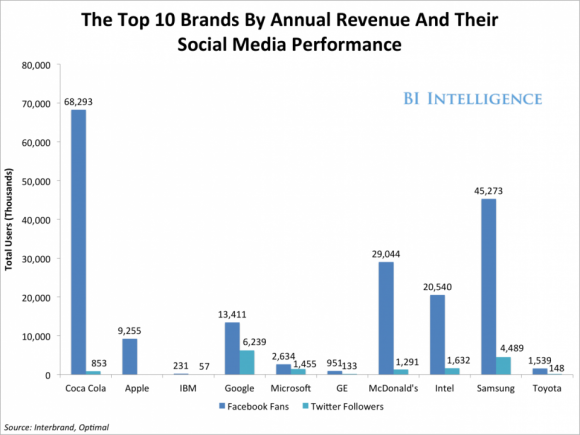
Comparison of Competitors:
Minna Goods has one crucial mistake when they linked their social media accounts on their site: not one, but two broken links. There are clickable icons for their Facebook, Pinterest, and Instagram, but only the button for Instagram works. However, after some googling, their accounts have been found.
Their social media is pretty good, considering the scope of the company. Their most successful account is Instagram, which is mostly likely due to the current popularity of the app and their post frequency, which is a fundamental part of social media marketing. Here are some quick stats:
- Followers: 700
- Likes: 708
- Post Frequency: 2-3x a week
- Followers: 25,600
- Post Frequency: daily
- Verified?: No
- Followers: 443
- Boards: 24
R.Riveter has a social media presence on Twitter, Facebook, and Instagram. Their most popular is Facebook, and I’m going to accredit that to their blog, which helps create content for their social medias (namely, Facebook). R.Riveter is verified on Instagram, which is great for brand integrity. The frequent posts and activity also helps with engagement and keeping followers interested. Here are some quick stats:
- Followers: 30,800
- Likes: 31,556
- Post Frequency: daily
- Followers: 2,335
- Likes: 1,420
- Post Frequency: daily
- Verified?: No
- Followers: 14,100
- Post Frequency: daily
- Verified?: Yes
Social Media Example:
This is an example of a 7-day “social media blitz”, as I like to call it, for Facebook and Instagram. Just as an example, we are going to use the week of Monday, March 27-Sunday April 2. 27th Star Co. is currently working on campaigns based on Spring Break/Summer Vacation travel, so this is a great jumping off point.
First up is Instagram. I think a fun way to use Instagram is to tease new items with multiple pictures of an item in different ways (different levels of zoom, details, etc.). I also am going to cross-promote the Facebook for a giveaway of the new item. As for formatting, we are going to incorporate the different angles approach, along with posts that line up with the travel theme.
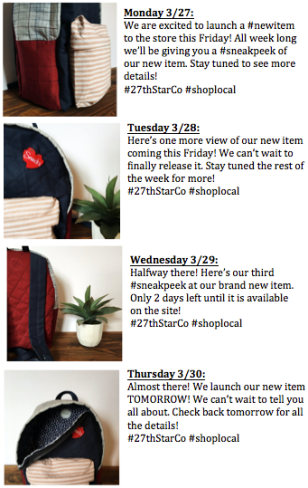

Next, is Facebook. We are going to stick with the travel theme, of course. I also will cross-promote the Instagram, as I previously did vice versa.
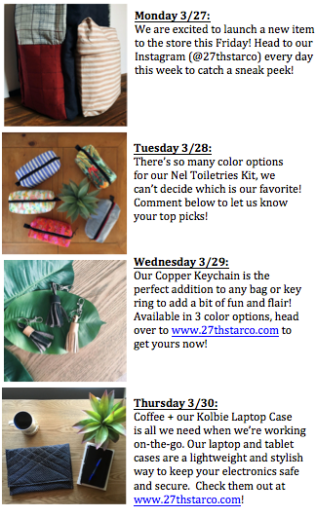
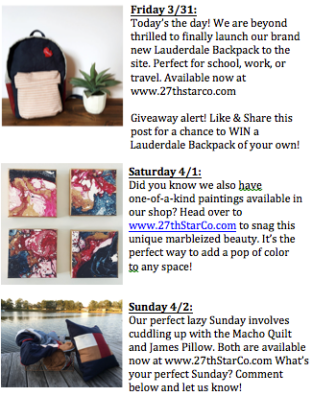
E. E-Mail
Evaluation:
Currently, 27th Star Co. is not using e-mail marketing. This is definitely something to add into the marketing mix as soon as possible.
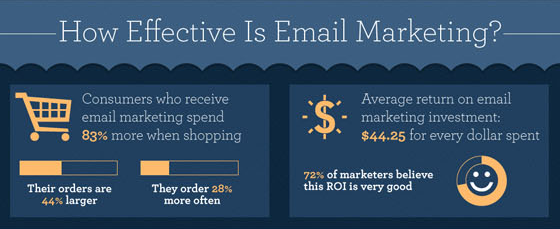
(photo source)
Why Use E-mail Marketing?:
E-mail is something that many companies may forget, but it’s so important! “According to the Direct Marketing Association via OutboundEngine, ‘Email marketing yields an average 4,300 percent return on investment for businesses in the United States.’ What’s more, as Hubspot pointed out, Forrester Research found that ‘companies that excel at lead nurturing generate 50 percent more sales ready leads at 33 percent lower cost’” (Covino-Deaso 2016).
E-mail campaigns have proven to have a great ROI and are among most marketing professionals’ lists of top marketing techniques. E-mail allows for everybody of all ages, whether they are on mobile devices or desktop computers to receive your e-mail. They are easily accessible, inexpensive, and have the ability ot be personalized. “According to Salesforce’s 2016 State of Marketing Report, ‘80 percent of marketers agree that email is core to their business’….Furthermore, Salesforce’s report noted that 49 percent of marketers (up from 20 percent in 2015) claim email is ‘directly linked to their business’ primary revenue source’” (Covino-Deaso 2016).
Example E-mail:
In this case, I have created one email that would promote a new item, and another email that would promote a sale or special offer. All logos/photos/icons are clickable links. The font is 27th Star Co.’s standard PT Serif. The company motif of black/white text with other natural, earth tones shall be adhered to.

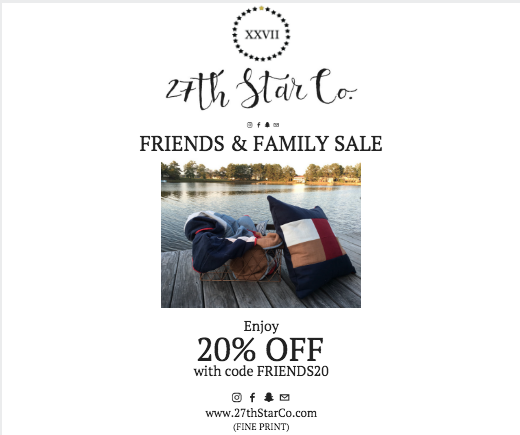
Automated Messages:
Another way customers will reach out to a business is via Facebook Messenger. There are two types of auto-messages: Greetings and Instant Reply. Greetings are, well self-explanatory, and they are a warm welcome to those who initiate a messenger conversation. Having an automated response to a customer’s message is great because it helps hold them over until you can reply with a thoughtful response. Here are some examples:
- (Instant Reply) Hi there, [Customer Name]! We appreciate you reaching out and your message is important to us. A representative will be in touch within the next 24 hours to assist you. Thank You!
- (Greeting) Thank you for reaching out to 27th Star Co.! We love talking to our customers, so feel free to reach out with any questions, comments, and concerns! We will get back to you ASAP. You can also find us at http://www.27thstarco.com/contact
F. Goals & Metrics
Evaluations/Suggestions:
As far as suggestions for the future, a planning and analytics program would be ideal. For planning, I suggest using a program such as Buffer, Sprout or Hootsuite, which allows for social media posts to be drafted and banked/saved for the future and uploaded according to the schedule you set. Those programs will even give analytics for the channels that are connected, which is an added bonus.
Metrics:
Some metrics that can help prove ROI for 27th Star Co. would be increases in sales/revenue, and an increase in web traffic. Of course, sales and web traffic is low because of the size and the age of 27th Star Co., but a nice goal for 2017 would be an increase (by using the suggested marketing techniques) of 15%.
Goals:
By the end of 2017, I would like to set the goal for an increase in Instagram and Facebook followers by 20% (each). I would also like to increase Snapchat activity by establishing a schedule that ensures posts to the Snapchat Story 2-3 times a week (since current Snapchat activity is almost non-existent). My third and final goal for 2017 is to implement e-mail marketing.
Wrap-Up:
All in all, the main takeaway is that having an IMC that focuses on balancing traditional and web-based marketing strategies is the best approach. Having an IMC that uses multiple mediums is the best for your budget because it reaches the most amount of people, it can be tailored to your demographic, it can be tracked and evaluated (for the most part), and has proven time and time again to have the most effective ROI. Aside from the typical marketing tools that everyone already knows about, such as billboards, magazine/newspaper ads, tv/radio ads, fliers, etc., using multimedia-based strategies are not only important because that’s where your customers are, but most of them allow for analytics, which helps you/marketers understand what works and why.
SOURCES
- Charles, Jeff. “10 Important Reasons to Work Seriously On Your Small Business Blog.” Small Business Trends. N.p., 19 July 2016. Web. 23 Mar. 2017.
- Covino-Deaso, Linsey. “The Top 10 Stats from 2016 that Show the Importance of Email Marketing.” The Content Standard. Skyword, 26 Aug. 2016. Web. 24 Mar. 2017.
- Lake, Laura. “How Integrated Marketing Helps Small Businesses Succeed.” The Balance. N.p., 19 Dec. 2016. Web. 23 Mar. 2017.
- Olenski, Steve. “Why Integrated Marketing Communications Is More Important Than Ever.” Forbes. Forbes Magazine, 16 Sept. 2013. Web. 23 Mar. 2017.
- Watts, Dechay. “19 Reasons Why Your Business Should Be Writing a Blog.” Content Marketing Agency. Sprout, 30 June 2015. Web. 23 Mar. 2017.



